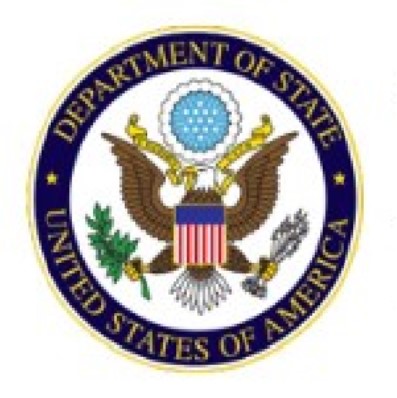Foreign Relations of the United States, Volume XVII: Near East, 1961-1962
Originally published as a book in 1994, the material on this website is a collection of 314 official and confidential documents circulated within the Kennedy administration between January 1961 and June 1962. All of these documents involve issues concerning the Near East, with special emphasis on Israel, Egypt, and Iran. These documents provide crucial historical evidence of the attitudes American diplomats and officials held toward the countries of the Middle East, as well as uncovering aspects of foreign relations from an American perspective at the height of the Cold War.
Although a few of the documents are incomplete, due to classification restrictions, most appear without censorship. Moreover, the editor of the collection, Nina J. Noring, provides important annotations to the majority of the documents, including cross-references to other documents (both in this collection and in others, including some held by other archives), as well as occasional background information on the document or information about its impact. Noring also includes descriptive details for many documents, including, for example, information about whether it was typed or written by hand, who signed the document, what other documents were attached to it, and whether or not it was marked “secret.” These annotations are easy to spot because they are provided in blue text while the documents appear in black type.
There are many topics explored in these documents, and even a brief perusal reveals several prominent themes. Israel and its relations with its Arab neighbors stands out, especially in regard to specific state visits by Israel’s then Prime Minister David Ben Gurion and the reaction that those visits provoked from Arab leaders, such as Gamal Abd al-Nasser of Egypt. Prominent themes include the revelation of Israel’s nuclear program at Dimona, as well as issues of arms sales to Israel. Also included are issues surrounding the conflict over the Palestinian refugee crisis and Israeli’s plans to divert water from the Jordan River, much to the outrage of their Jordanian neighbors. The amount of discussion about these topics revealed in this collection demonstrates the prominence of the Arab-Israeli conflict in the minds of policymakers of the time.
That was not the only issue concerning Washington, however. Iran and its Pahlavi government were also prominent in the minds of diplomats in 1961-1962. Some of the most interesting documents point to American fears about the abilities of the Muhammad Reza Shah and his regime’s stability. The 1961 crisis of Iraq’s claims to Kuwait, and Kuwait’s subsequent independence from Britain, is also well represented, as are conflicts between the United States and Saudi Arabia over continued access to the Dhahran Airfield. Rich resources also address Syria’s revolt against union with Egypt under the banner of the United Arab Republic and discussions about neutralizing the Non-Alliance Movement.
Although each case is interesting on its own merit, underlying most of the documents is a potent Cold War concentration on the policy of containing the Soviet Union and restricting its influence in the Middle East. Worried about restricted access to Middle Eastern oil reserves and the possible impact of communist revolution in the region, American diplomats and politicians often expressed their anxiety about this topic. At the same time, modern readers of these documents will be able to see clearly the intractability of some of these issues, long after the decline of the Soviet Union. In this way, this site can be used comparatively, to show the history behind contemporary events in the region.
This is a well-designed site and it is easy to navigate. The indexes provide lists of documents by topic as well as lists of people involved. There is also an explanation of abbreviations. Teachers of world history would certainly benefit from accessing these documents in the classroom, for they provide students with examples of both formal and informal statements of diplomacy. One interesting approach may be to have students examine these documents alongside media reports of the topics covered. This would allow students to see the parallels and disparities between public awareness and government considerations in the construction of foreign policy. Examining these documents, students have the opportunity to see what American policymakers thought were the most crucial issues in Middle East relations during these formative years of the Kennedy Administration.
